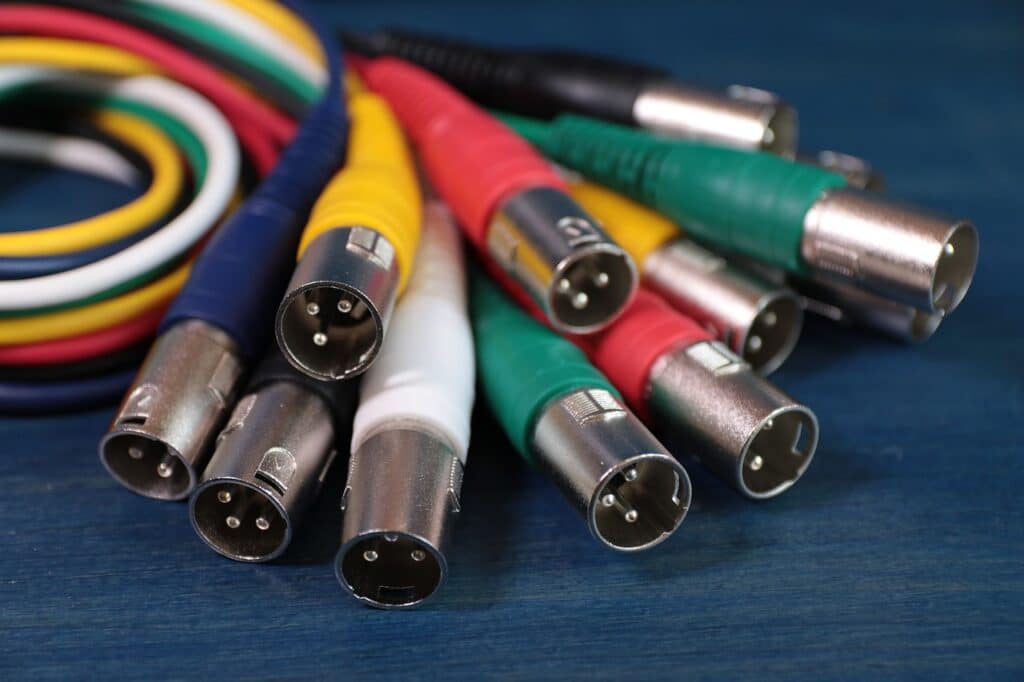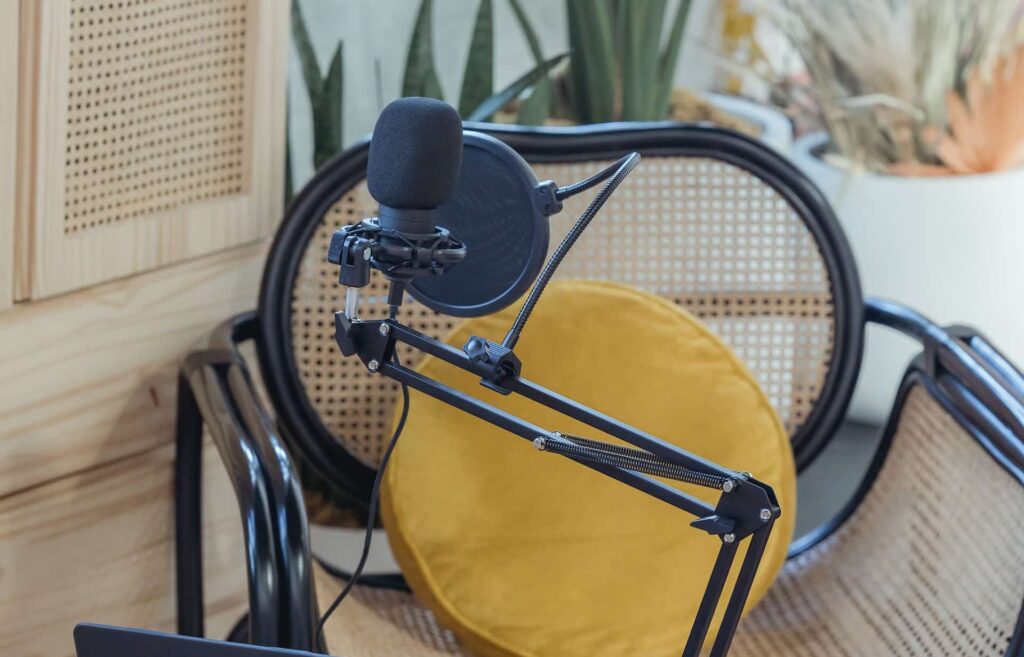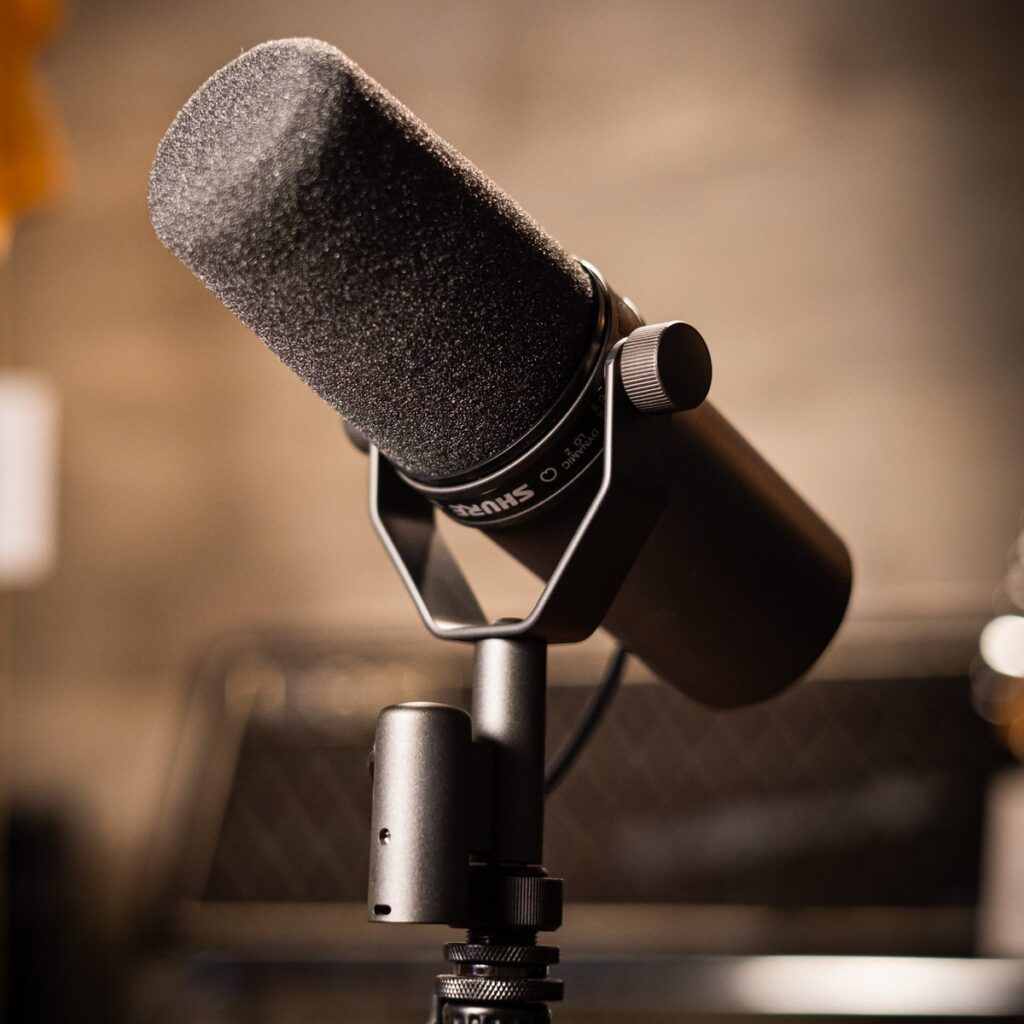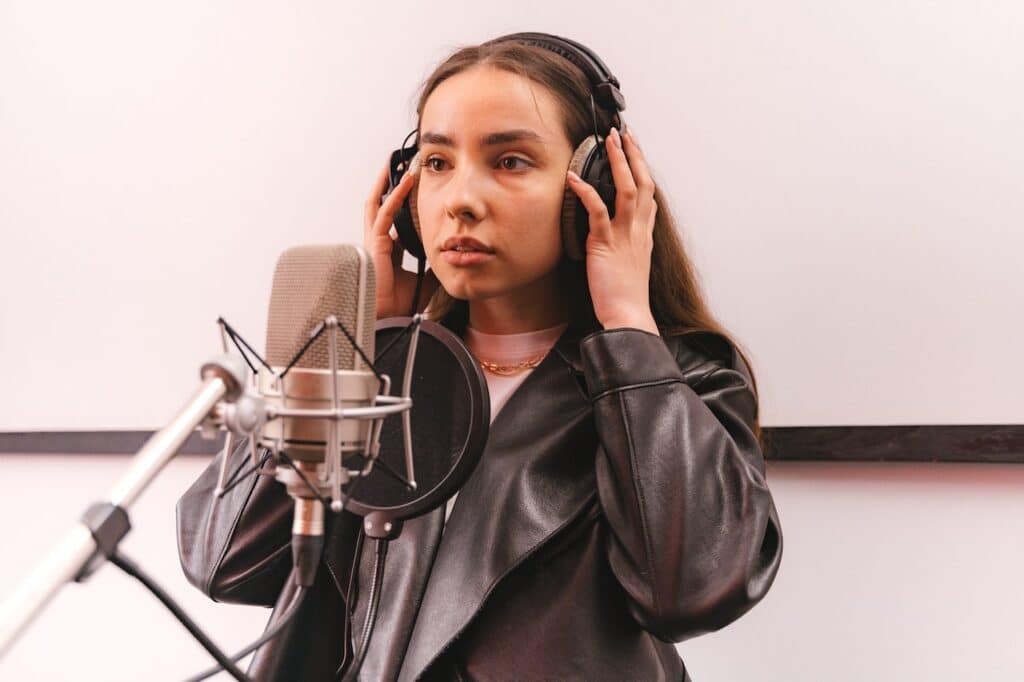What to consider before buying a microphone for interviews
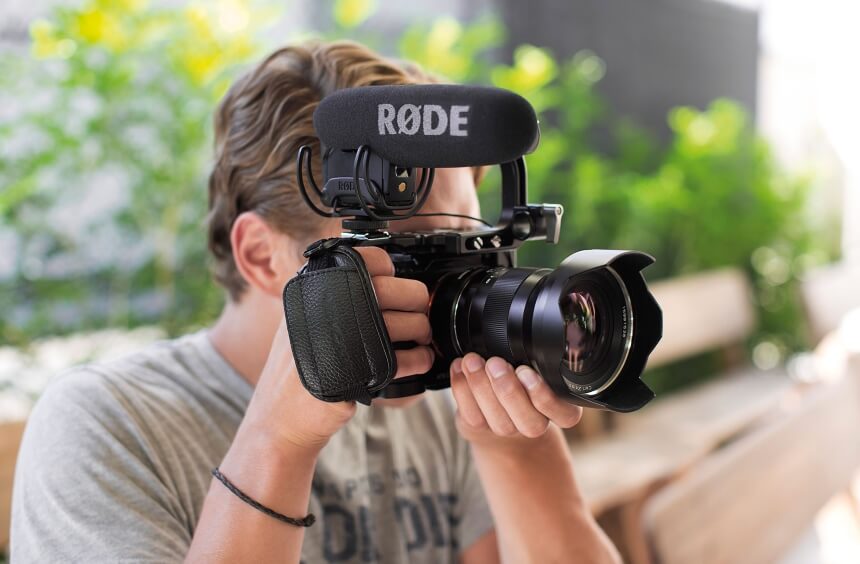 There are a few aspects and parameters that you must consider before you set out to go shopping for an interview microphone like:
There are a few aspects and parameters that you must consider before you set out to go shopping for an interview microphone like:
Your budget
Different microphones from different brands come with varying price tags. Whether you are an amateur or a professional, you must know how much you are willing to spend on a mic before picking up one. Expensive doesn’t always translate to quality, as you can get top-quality mics at very affordable price points like the Movo LMS-2.
However, some brands like Rode are known to be a bit pricier, but they do deliver the best quality and convenience.
Environment
You have to be sure of the environment in which you’ll be holding your interview. This helps you decide on the mic’s polar pattern and exterior build. For instance, if you’ll be in the outdoors, you will need a mic that can pick a single sound source where there is a lot of noise. It also needs to be somewhat weatherproof. Like it should have a windscreen in case of high winds and waterproof in case of light showers.
What you are going to record your interview on
If you are going to record your interview on your smartphone or laptop, ensure you get a mic that is compatible with them. Some even have a micro SD slot.
How to choose the best interview microphone
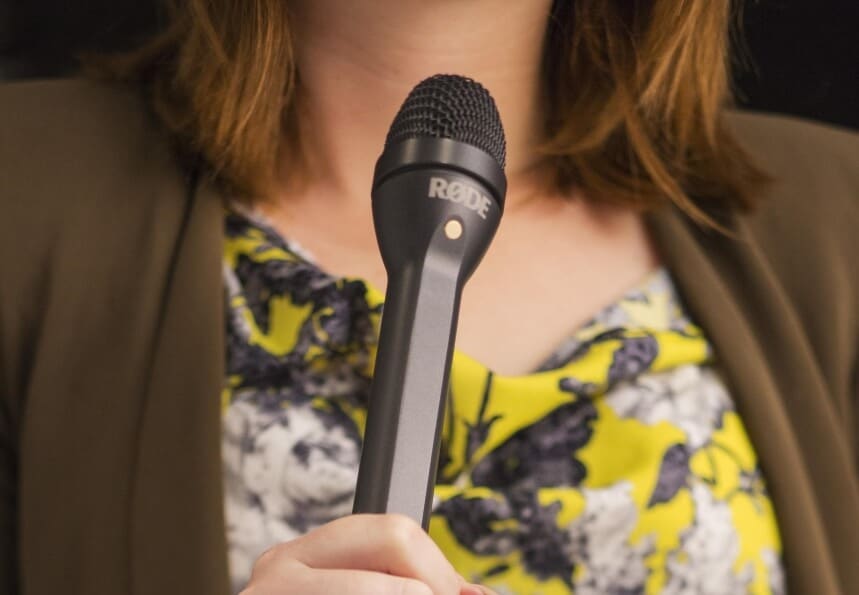 Here are some of the key features and aspects that make a good interview microphone.
Here are some of the key features and aspects that make a good interview microphone.
Type
The 3 main types of interview mics include lavalier, handheld reporter style, and shotgun mics.
Lavalier mics are little mouthpieces clipped on shirts, ties, or pockets. They can be used in different kinds of settings and are highly preferred for their discrete non-intrusive form.
Shotgun mics are used to record interviews and are usually attached to a camera to provide visuals when recording. They can work with a couple of cameras, but they work best with DSLR cameras.
Handheld mics are the regular mics held by the interviewer during use. They can be cordless or corded and can also be used in musical performances.
Polar pattern
There are 4 polar patterns: cardioid, super-cardioid, omnidirectional, and bidirectional. Cardioid mics only pick up sounds from the front where the mic is pointing. For this reason, they are mostly used for vocals or speech. Musicians prefer them for recording music.
Super-cardioid mics are ideal for capturing single sound sources in loud environments. They are also resistant to feedback because they have a narrower pick up.
Bi-directional mics pick up sounds from the front and the rear in a figure 8 pattern. They are highly preferred by podcasters.
Omnidirectional mics, like the Rode Reporter, pick up sounds equally from all directions. They are a fantastic option for recording groups or crowds. Also, they are perfect for live studio performances if you intend to recreate the sound of the room. Another thing worth noting is that omnidirectional mics are highly prone to feedback.
Dynamic vs. condenser mic
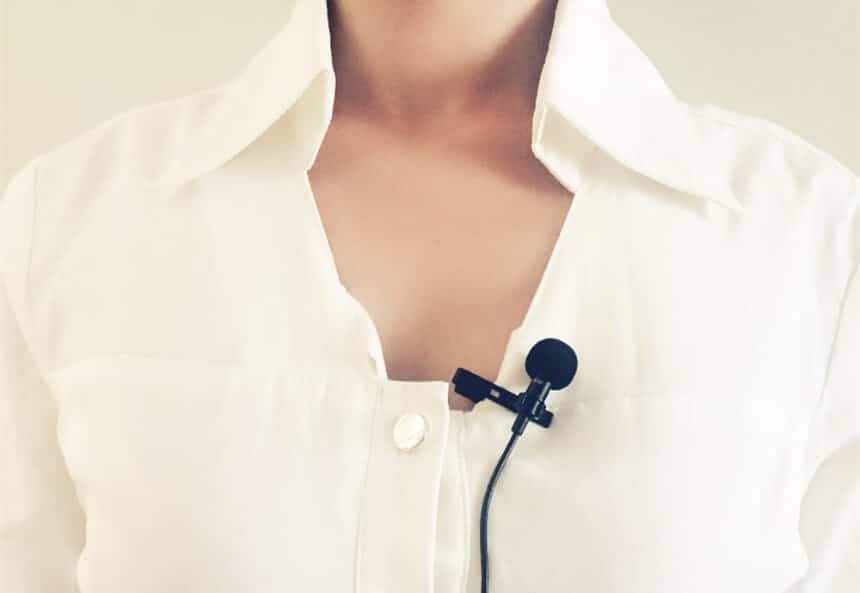 These are the 2 main types of microphones. A condenser mic uses 2 capacitors to convert sound waves into an electric signal. They pick up high frequencies than dynamic mics cannot, and they are also more sensitive.
These are the 2 main types of microphones. A condenser mic uses 2 capacitors to convert sound waves into an electric signal. They pick up high frequencies than dynamic mics cannot, and they are also more sensitive.
On the other hand, dynamic mics have a simple design and can hold up well to abuse better than condenser mics. They have a coil next to a magnet in them, and when sound waves hit the coil, it vibrates and creates an electrical current. Dynamic mics don’t need phantom power like the condenser mics.
Sensitivity
An interview microphone must just have a good proximity sensitivity effect because normally, interviewing and news recording involve a lot of movement. A mic with high sensitivity will produce the same level of sound even when you move around. You wouldn’t have to worry about a reduced volume because you took a few steps back or moved your head slightly away from it.
Frequency response
This is the range of frequency that a mic possesses, and it is an equally critical consideration. For you to make the right choice, you have to be sure of how the mic responds to different frequencies.
Max. SPL
This is the maximum SPL that an interview mic can handle. A mic that can handle high SPL can be used on various sound sources, and it wouldn’t exaggerate on low frequencies.
Signal-to-noise ratio (SNR)
This is the ratio of signal power to noise power and is usually measured in decibels (dB). It compares the level of the power signal to the level of background noise.
The noise could come from appliances like a microwave, phones, or Bluetooth devices.
An SNR ratio of 10-15dB will give you an unreliable connection, 16-24dB is poor, 25-40dB is good, and anything above 42dB is superb.
Connection
Connection plays a significant role on the type of mic set up you will have. If you want to have a setup with an iPhone, iPad, Mac, or PC devices, then you must consider a mic with a USB. You could also opt for one that features lightning outputs like the Movo LMS-2. Besides USB, microphones could also have an XLR connection, which is pretty convenient as you wouldn’t require batteries or phantom power with it. Such mics are perfect for on-the-go use.
Attenuation switch
This is used to control the output level of a microphone. It is located in different parts on different models, and when switched on, it can reduce the output level significantly, usually something between -10dB and -20dB.






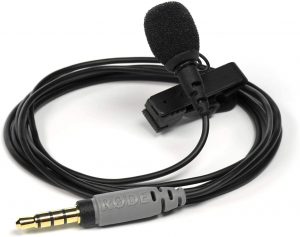
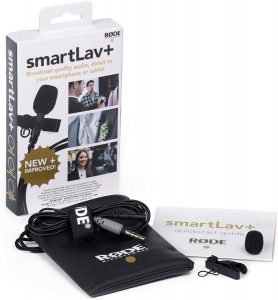
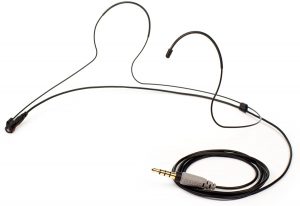
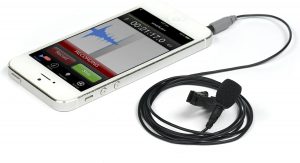
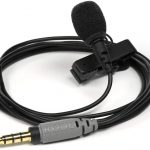
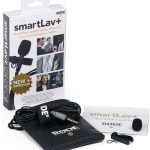
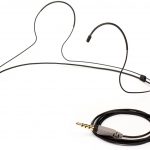
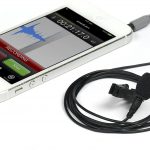

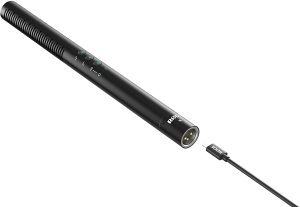

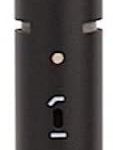
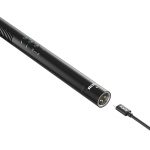
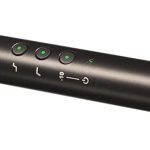
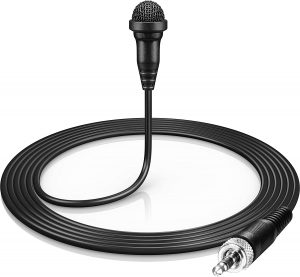
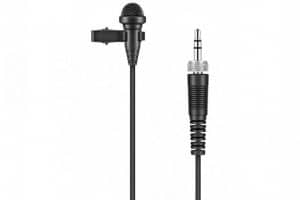

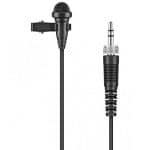
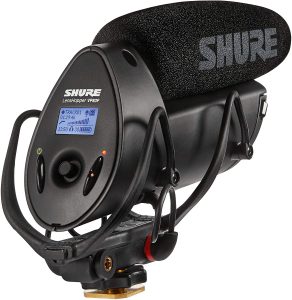
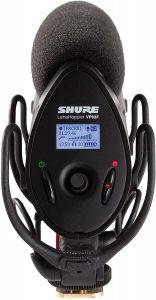
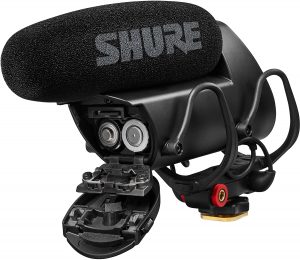
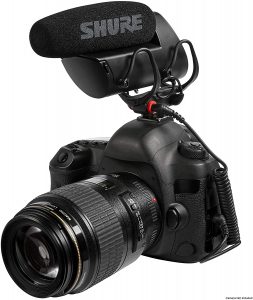
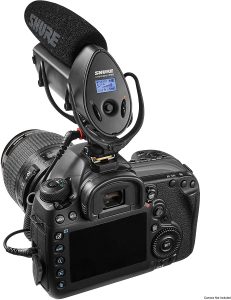
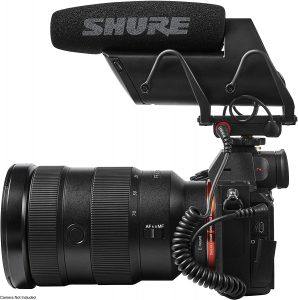
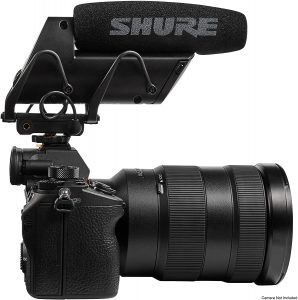
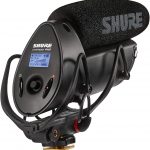
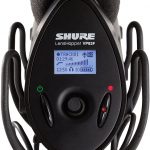
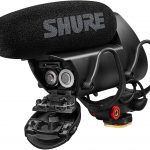
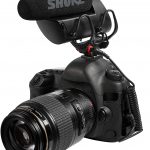
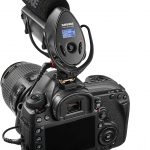
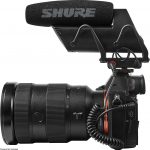
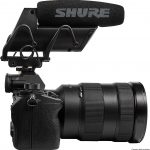
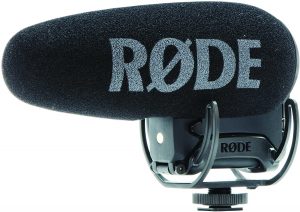
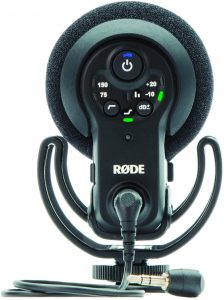

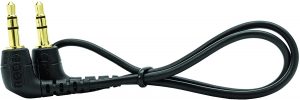
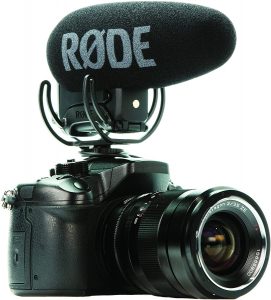
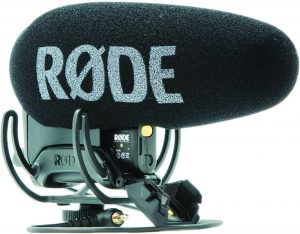

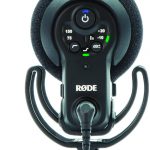
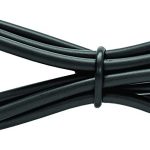
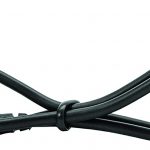
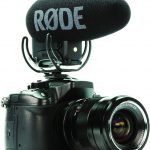
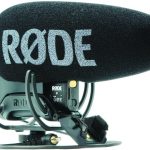

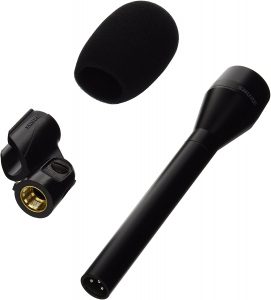
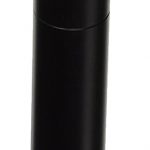
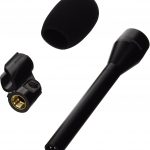
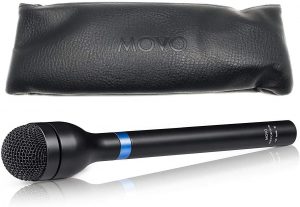
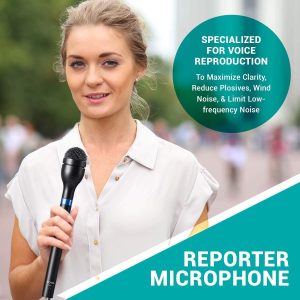
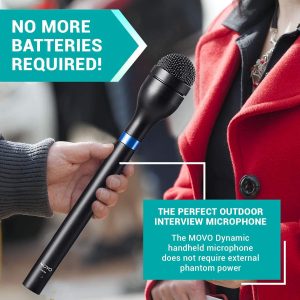
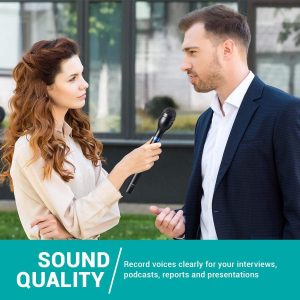
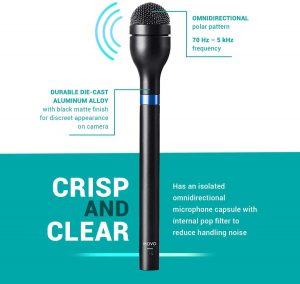
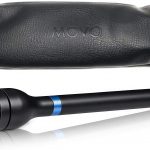
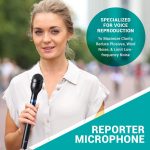


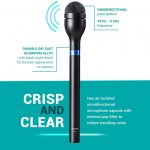



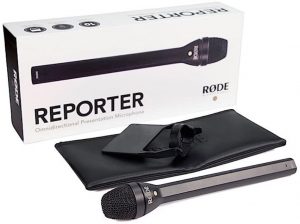
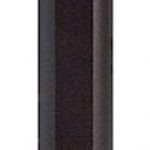
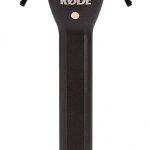
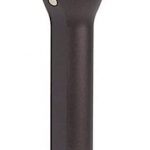
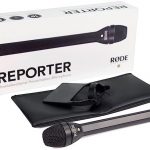
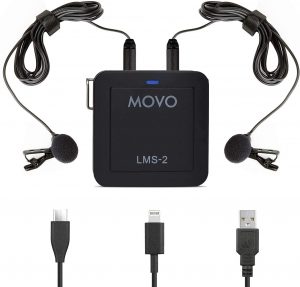
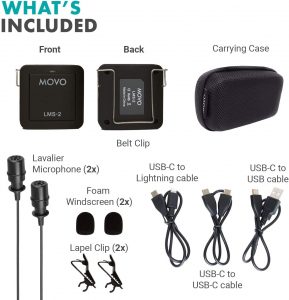
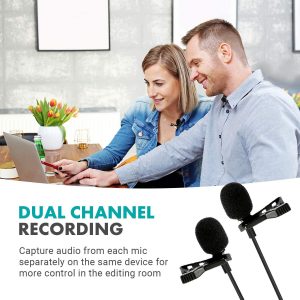
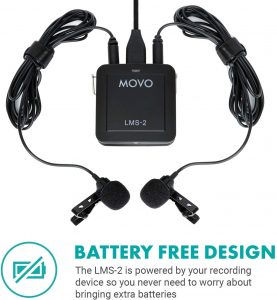
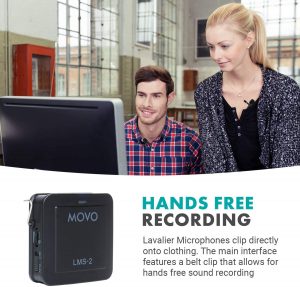
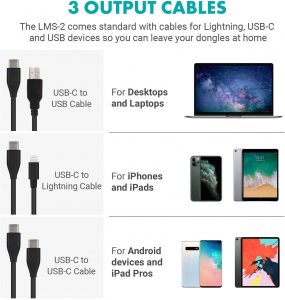
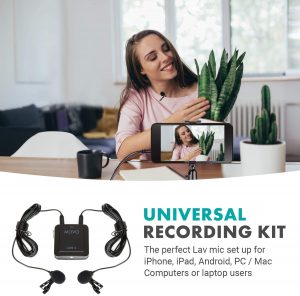
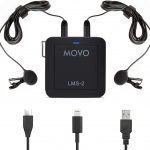
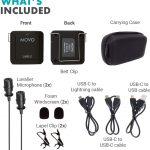
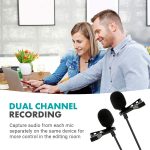
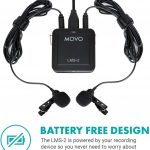
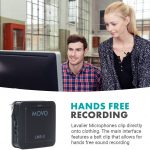
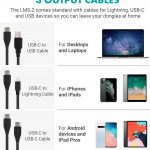
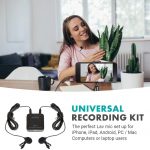
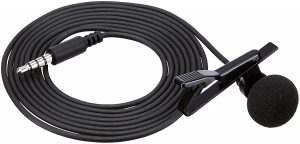

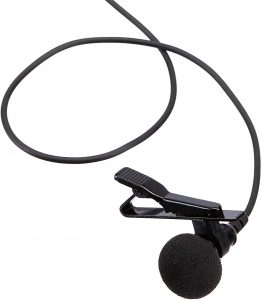
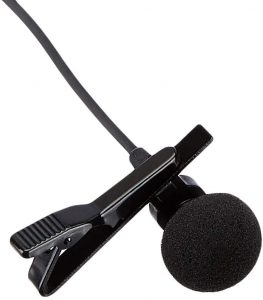
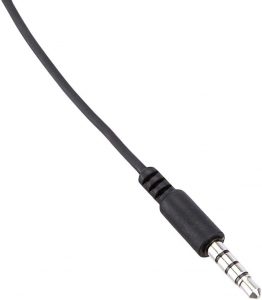
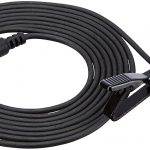
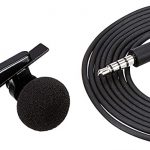
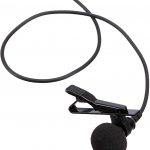
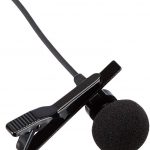
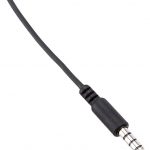
 There are a few aspects and parameters that you must consider before you set out to go shopping for an interview microphone like:
There are a few aspects and parameters that you must consider before you set out to go shopping for an interview microphone like: Here are some of the key features and aspects that make a good interview microphone.
Here are some of the key features and aspects that make a good interview microphone. These are the 2 main types of microphones. A condenser mic uses 2 capacitors to convert sound waves into an electric signal. They pick up high frequencies than dynamic mics cannot, and they are also more sensitive.
These are the 2 main types of microphones. A condenser mic uses 2 capacitors to convert sound waves into an electric signal. They pick up high frequencies than dynamic mics cannot, and they are also more sensitive.




